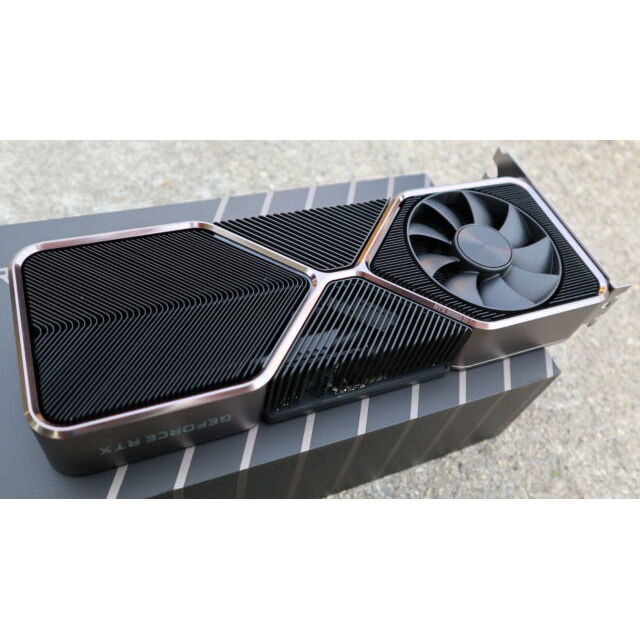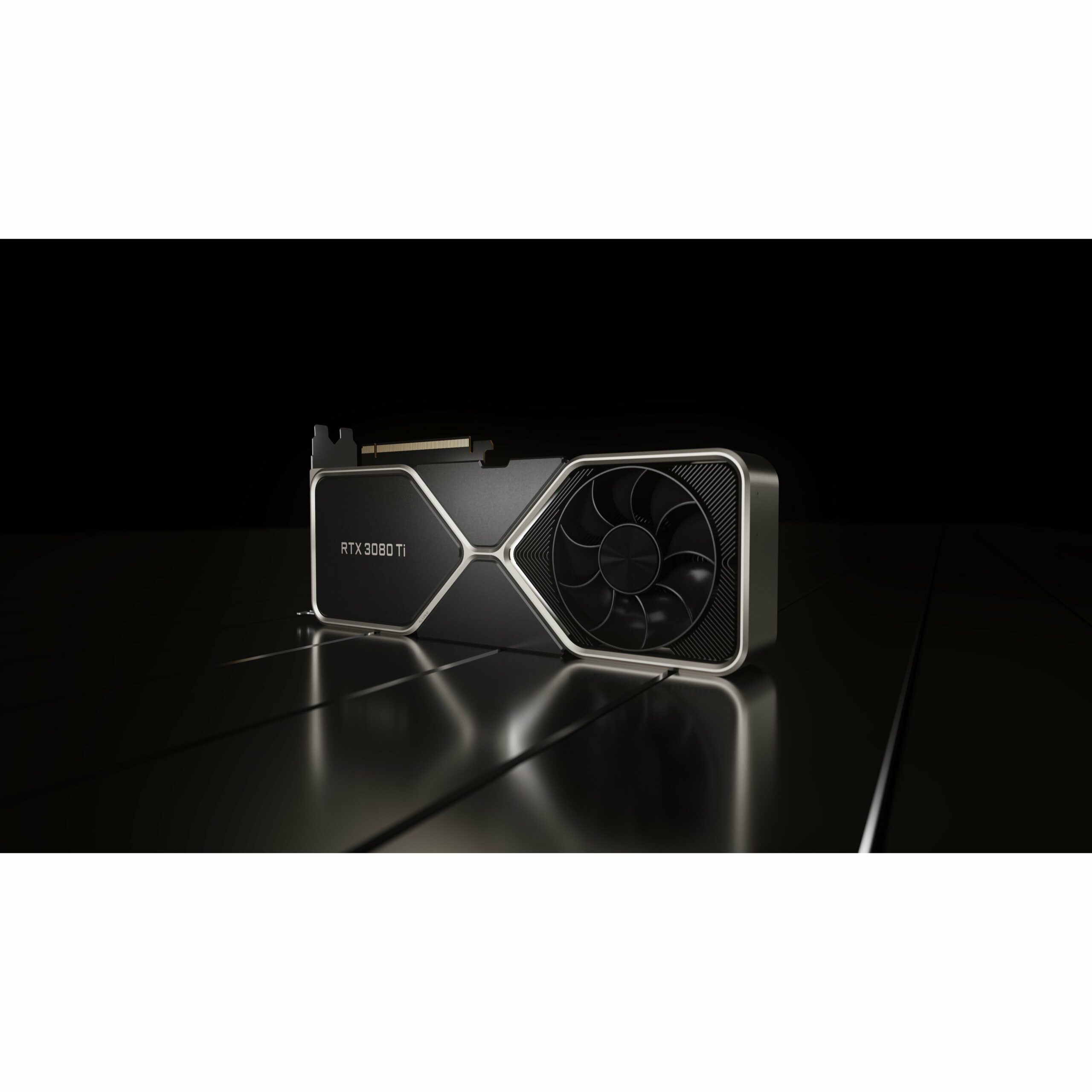NVIDIA has introduced an update to the upper echelon of the GeForce RTX 30-series “Ampere” lineup with the launch of the new GeForce RTX 3080 Ti, which we are evaluating today. The RTX 3080 Ti is regarded as the successor to the RTX 3080, positioning itself as the next flagship gaming solution. Although the RTX 3090 occupies a higher tier within the series, NVIDIA has marketed it as a TITAN-like premium product, suitable for both gaming and semi-professional applications. The RTX 3080 Ti shares the same objective as the RTX 3080: to deliver exceptional gaming performance with real-time ray tracing capabilities at 4K UHD resolution.
The introduction of the GeForce RTX 3080 Ti and RTX 3070 Ti by NVIDIA appears to have been influenced by AMD’s surprising achievements in the high-end graphics market, particularly with its Radeon RX 6800 series and RX 6900 XT “Big Navi” GPUs. These products have demonstrated the capability to compete effectively with the RTX 3080 and RTX 3070, and they also serve as a viable alternative to the RTX 3090. Consequently, NVIDIA may have recognized a significant gap between the RTX 3080 and RTX 3090 that required addressing, leading to the development of the RTX 3080 Ti.

The GeForce RTX 3080 Ti utilizes the same 8 nm GA102 architecture as the RTX 3080, but it features an increased number of CUDA cores while fully utilizing the 384-bit GDDR6X memory interface. It possesses slightly fewer CUDA cores than the RTX 3090, with a memory capacity of 12 GB compared to the 24 GB of the RTX 3090, and a marginally lower memory clock speed. NVIDIA has equipped the RTX 3080 Ti with an impressive total of 10,240 CUDA cores distributed across 80 streaming multiprocessors, along with 320 third-generation Tensor cores designed to enhance AI and DLSS performance, and 80 second-generation RT cores. Additionally, all 112 ROPs are active, complemented by 320 texture mapping units (TMUs). The 12 GB of memory fully utilizes the 384-bit memory bus, operating at a memory clock speed of 19 Gbps, which is slightly lower than the 19.5 Gbps of the RTX 3090. Consequently, the memory bandwidth reaches 912.4 GB/s.
The design of the NVIDIA GeForce RTX 3080 Ti Founders Edition closely resembles that of the RTX 3080 Founders Edition. NVIDIA has set the price for this card, which is approximately the Radeon RX 6900 XT. The AMD flagship serves as the primary competitor for this NVIDIA release, as it has posed challenges for the RTX 3080. As speculation regarding the RTX 3080 Ti intensified, AMD collaborated with its board partners to introduce an enthusiast-grade RX 6900 XT refresh utilizing the new “XTXH” silicon, capable of maintaining clock speeds that are 10% higher. In this review, we will compare the RTX 3080 Ti with various models in its category to determine whether the investment is justified or if opting for this card over the RTX 3090 could result in cost savings.
|
Cores |
ROPs |
Core
Clock |
Boost
Clock |
Memory
Clock |
GPU |
Transistors |
Memory |
|
| RTX 3060 Ti |
4864 |
80 |
1410 MHz |
1665 MHz |
1750 MHz |
GA104 |
17400M |
|
|
| RX 6700 XT |
2560 |
64 |
2424 MHz |
2581 MHz |
2000 MHz |
Navi 22 |
17200M |
|
|
| RTX 2080 Ti |
4352 |
88 |
1350 MHz |
1545 MHz |
1750 MHz |
TU102 |
18600M |
|
|
| RTX 3070 |
5888 |
96 |
1500 MHz |
1725 MHz |
1750 MHz |
GA104 |
17400M |
|
|
| RX 6800 |
3840 |
96 |
1815 MHz |
2105 MHz |
2000 MHz |
Navi 21 |
26800M |
|
|
| RX 6800 XT |
4608 |
128 |
2015 MHz |
2250 MHz |
2000 MHz |
Navi 21 |
26800M |
|
|
| RTX 3080 |
8704 |
96 |
1440 MHz |
1710 MHz |
1188 MHz |
GA102 |
28000M |
|
|
| RTX 3080 Ti |
10240 |
112 |
1365 MHz |
1665 MHz |
1188 MHz |
GA102 |
28000M |
|
|
| RX 6900 XT |
5120 |
128 |
2015 MHz |
2250 MHz |
2000 MHz |
Navi 21 |
26800M |
|
|
| RTX 3090 |
10496 |
112 |
1395 MHz |
1695 MHz |
1219 MHz |
GA102 |
28000M |
|
|


